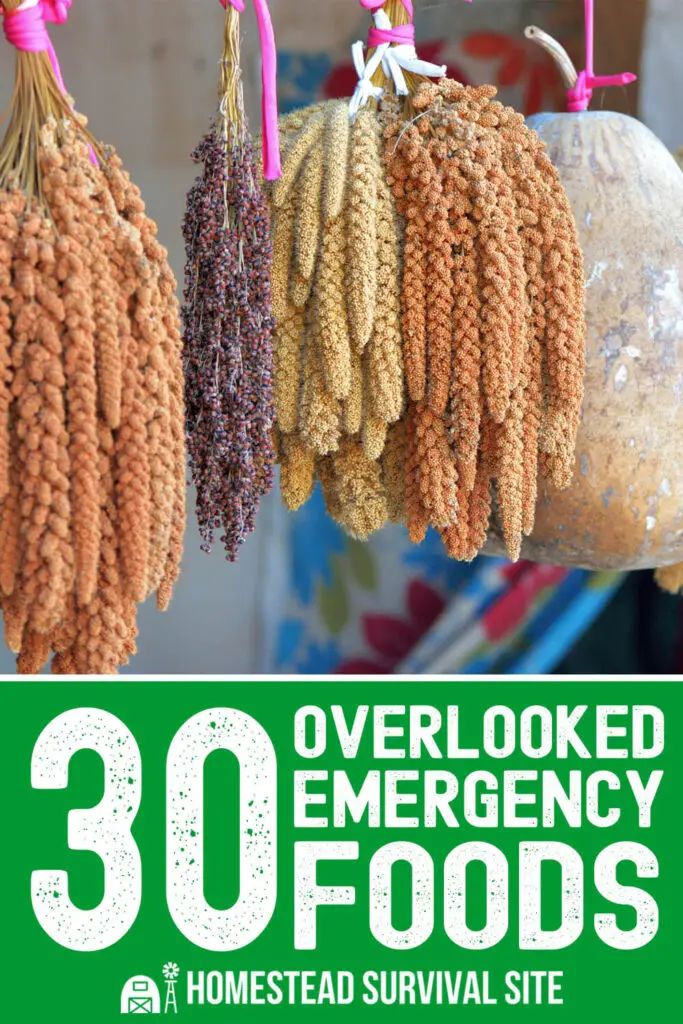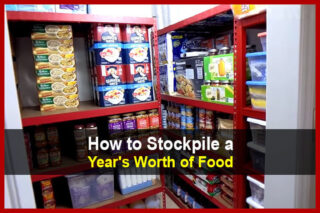Estimated reading time: 20 minutes
When preparing for disaster, one of your top priorities is to stockpile emergency food. Most people focus on the basics—rice, flour, pasta, and dried beans—because of their long shelf-life. Those are all great foods to stockpile, but other than the beans, they're not very nutritious.
Fortunately, there are lots of other emergency foods you can stockpile. Unfortunately, most people overlook these foods because they're not used to using them in any recipes. That's a shame, because most of the foods listed here are much more nutritious than foods like rice and flour, and as long as you store them properly, they can last several years and sometimes even longer.
In this article, we're going to examine all sorts of overlooked emergency foods such as barley, chia seeds, couscous, millet, nutritional yeast, quinoa, sorghum, TVP, wheat berries, and much more. Even if you've been prepping or homesteading for a long time, this article will likely change the way you think about emergency food storage.
Let's dive in…
Want to save this post for later? Click Here to Pin It On Pinterest!
Almond Flour

Almond flour is a great addition to your food stockpile. It's packed with protein, fiber, and healthy fats, making it a great alternative to wheat flour. It also has a great shelf life when stored in a cool, dry place—typically lasting about a year unopened and 6 months once it's opened.
What really makes almond flour great is its versatility. It can be used in breads and cookies, or you can use it as a thickener for soups and sauces. You want to continue eating as healthy as possible during a disaster, and almond flour is a great way to do that.
Apple Cider Vinegar
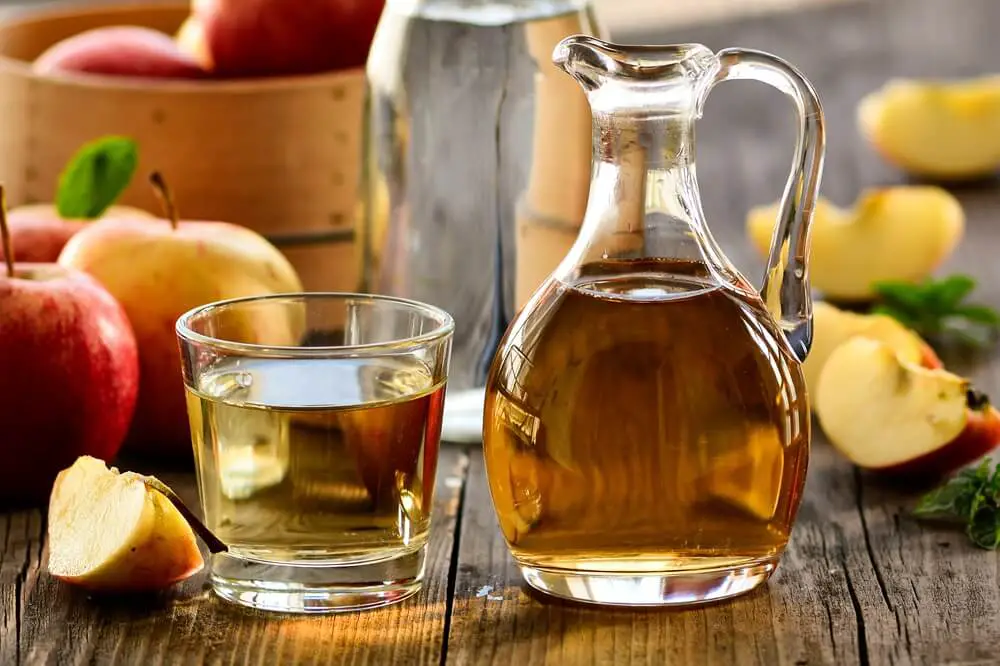
Apples cider vinegar isn't just used in cooking—it also numerous health benefits and medicinal uses. It has an indefinite shelf life thanks to its high acidity, and it can aid digestion and stabilize blood sugar levels when taken before meals.
Apple cider vinegar can also be used for easing sore throats, treating skin problems, removing odors, cleaning surfaces, repelling garden pests, and much more. Make sure you stock at least a few bottles, or you could learn to make it yourself.
Barley
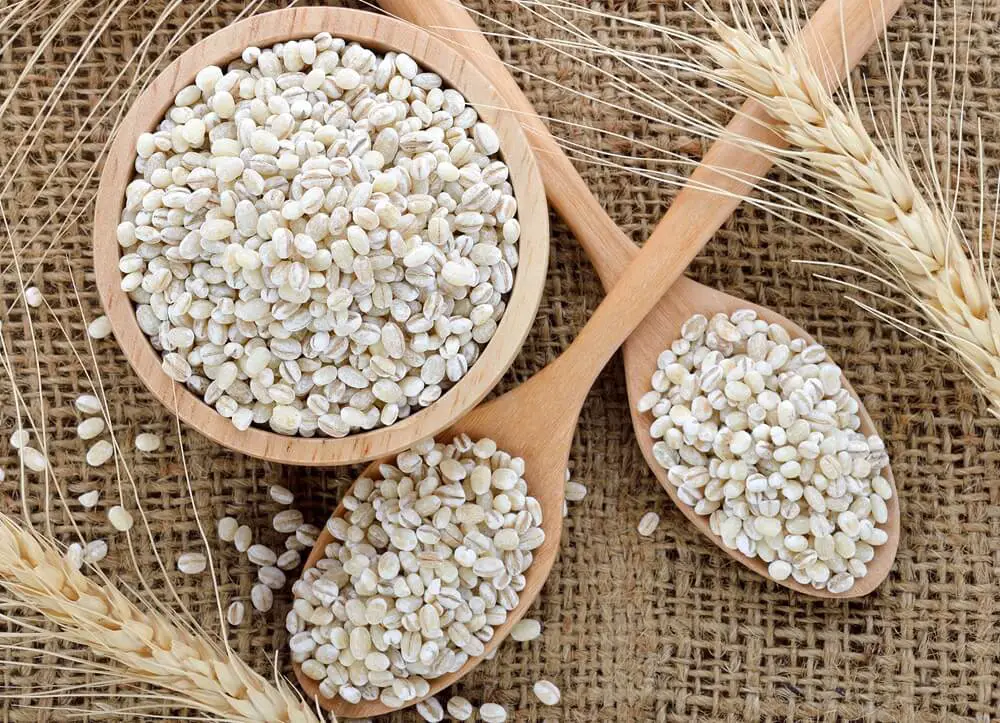
Barley is can easily last a year when stored properly in a cool, dry location. It's packed with fiber, vitamins, and minerals like magnesium, making it great for hearth health and digestion.
Barley is incredibly useful in cooking. It can be used in soups and stews, or served as a side dish similar to rice. You can even put it in salads. Its nutty flavor makes it great in a wide variety of dishes.
Bouillon Cubes
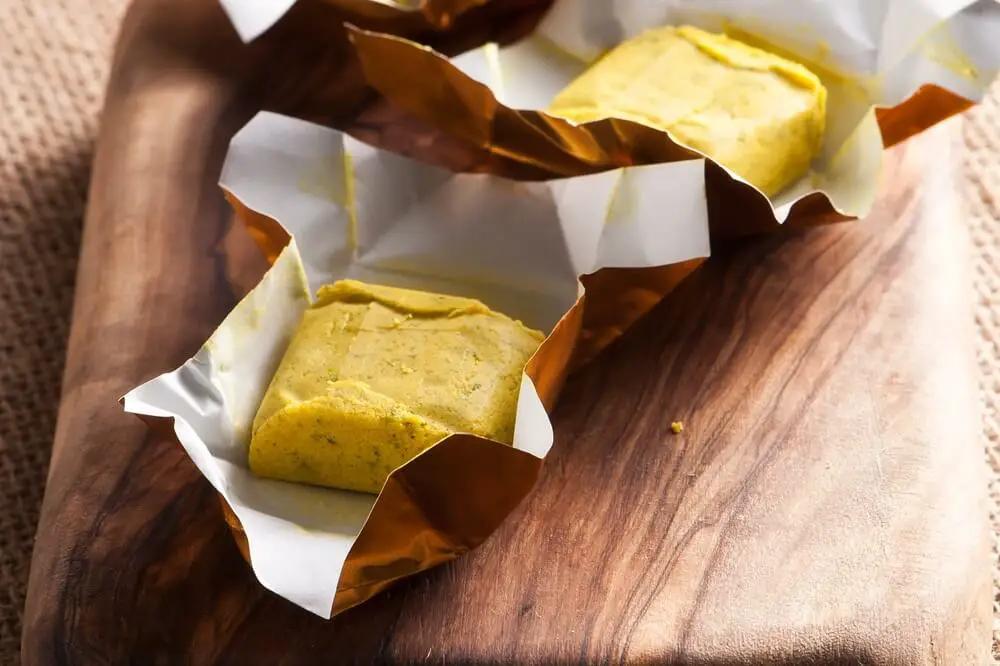
Bouillon cubes are concentrated cubes of dehydrated broth or stock, made from meat, vegetables, or both. They're known for their incredibly long shelf life, lasting several years when stored properly.
While they're low in calories, you can use them to make all kinds of soups, stews, sauces, and marinades. Plus, they take up very little space. There's really not reason not to stock up on lots of bouillon cubes.
Canned Butter
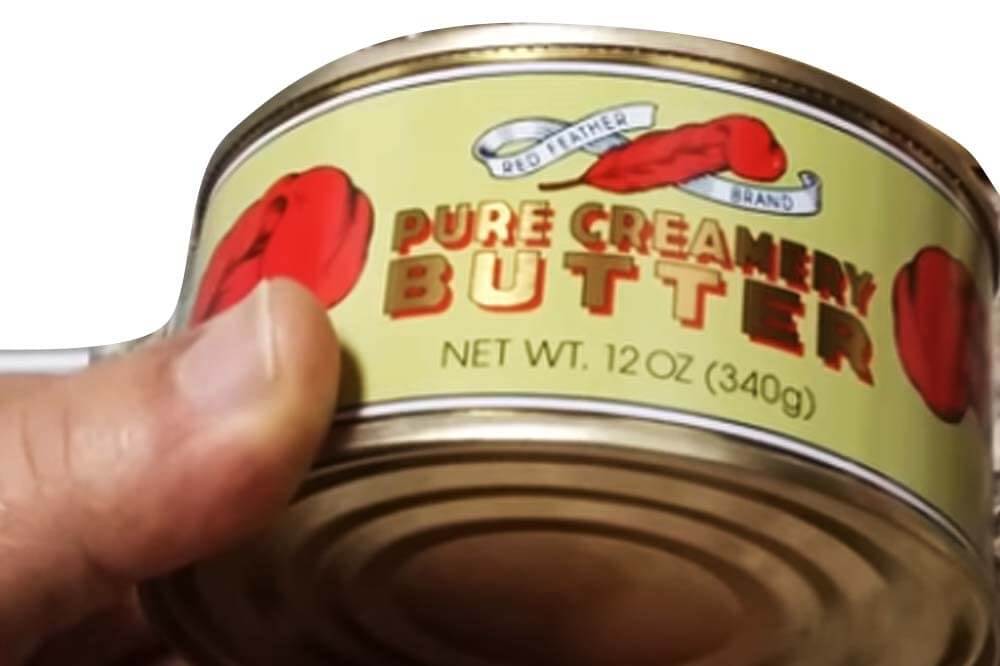
You could stock dehydrated butter, but I prefer canned butter. It tastes better, it's easier to use, and it has a longer shelf life. Butter is essential in countless recipes, or you can just spread it on toast. While it's a bit pricey, you'll be glad you have it when the stores are empty. You might be able to find it in some country stores, but you can also get it online.
Canned Milk

This one also gets overlooked a lot. Just think about how many recipes require milk as an ingredient, or think about how much it sucks to have cookies and other baked goods without a glass of milk.
Canned milk, also known has evaporated milk, is incredibly versatile and can easily last for years. Unlike dehydrated milk, it has a creamier texture and richer flavor, which makes it better for use in recipes. And besides, it's a great source of calcium and protein.
You can also get condensed milk in cans (like the picture above). This kind of milk is sweetened and use it in recipes like pie, fudge, or even iced coffee.
Chia Seeds
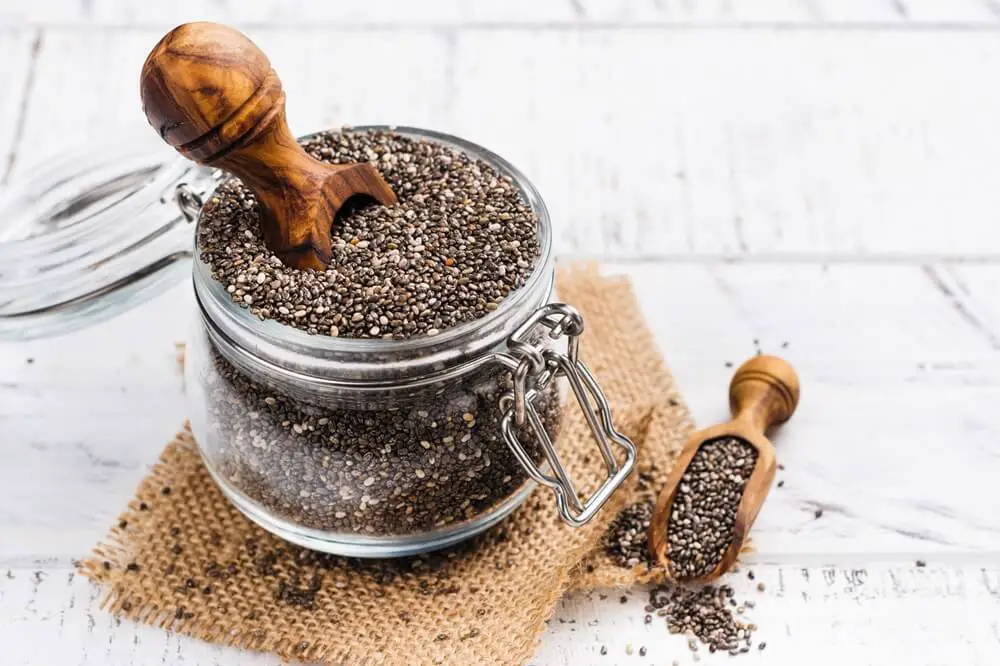
It's amazing that chia seeds are so often overlooked by preppers. They have a long shelf life and they're incredibly healthy. Chia seeds are packed with protein, fiber, essential minerals, and omega-3 fatty acids.
You might be more interested in calories than nutrition when it comes to survival, but remember that if you're eating typical survival foods all day and don't have any fresh produce, you're not going to get the kind of nutrients your body needs. Chia seeds can help with that.
They're also very versatile. You can add them to almost any dish, and they can be used as an egg substitute in baking. Don't overlook this one.
Cocoa Powder
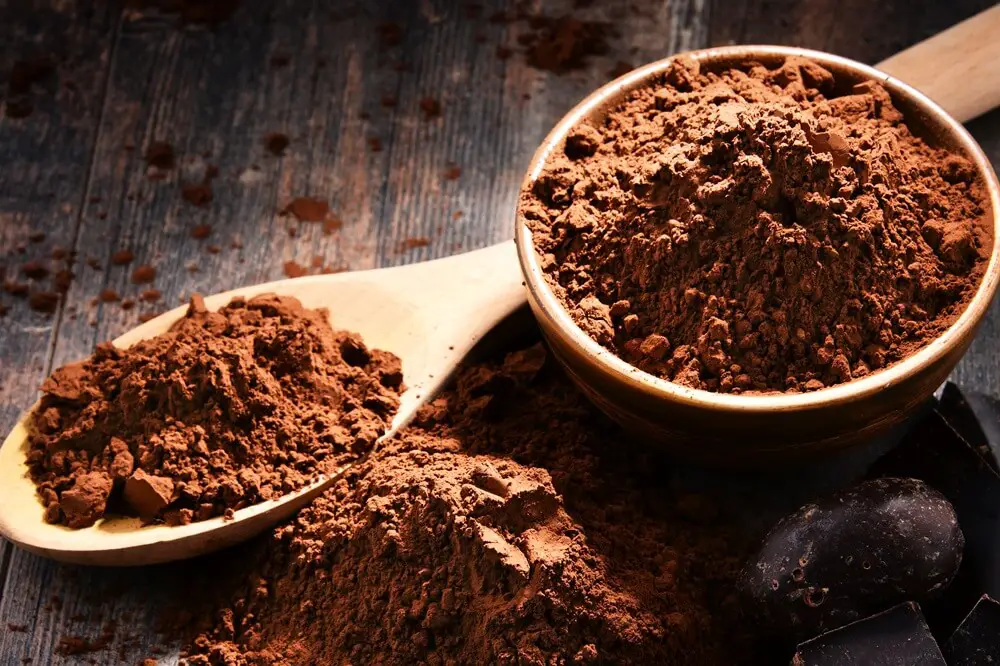
As long as you don't open it, cocoa powder can last up to three years. It's also a great source of antioxidants, which are important for overall health. But the main benefit of cocoa powder is psychological. In a stressful, long-term disaster, the ability to make brownies, chocolate cake, chocolate cookies, or even hot cocoa could be a huge morale boost.
Coconut Oil
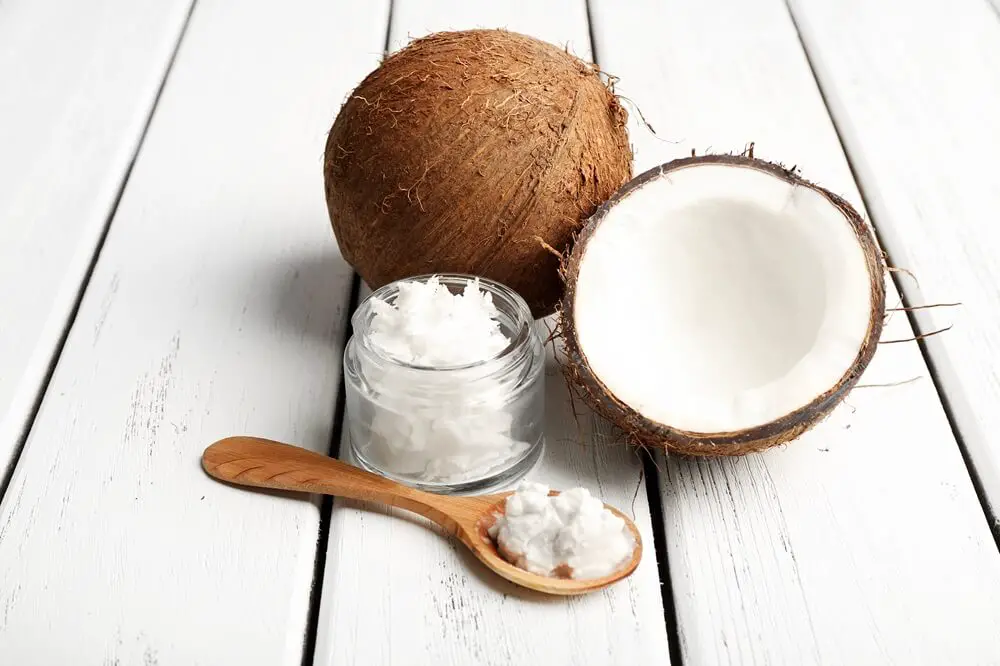
Coconut oil can last at least two years if stored in a cool, dry place. It's extremely high calorie, with over 100 calories per tablespoon. That might sound bad, but it's actually a good thing when you're trying to store a lot of food in a small space.
But probably the best thing about coconut oil is its high smoke point, making it ideal for frying foods. It's also a great alternative in recipes requiring butter. You can also use it in smoothies, desserts, and based goods. Plus, it has all sorts of uses other than cooking, making it must-have item for preppers.
Couscous

Couscous is another great food that is overlooked by most people, and not just preppers. Couscous can last several years when stored properly, and it can be prepared very quickly, making it great for survival cooking.
It's a great source of protein, vitamins, and minerals, and you can use it in all sorts of dishes including soups, stews, casseroles, or mixed in with vegetables to create a well-rounded meal.
Ghee
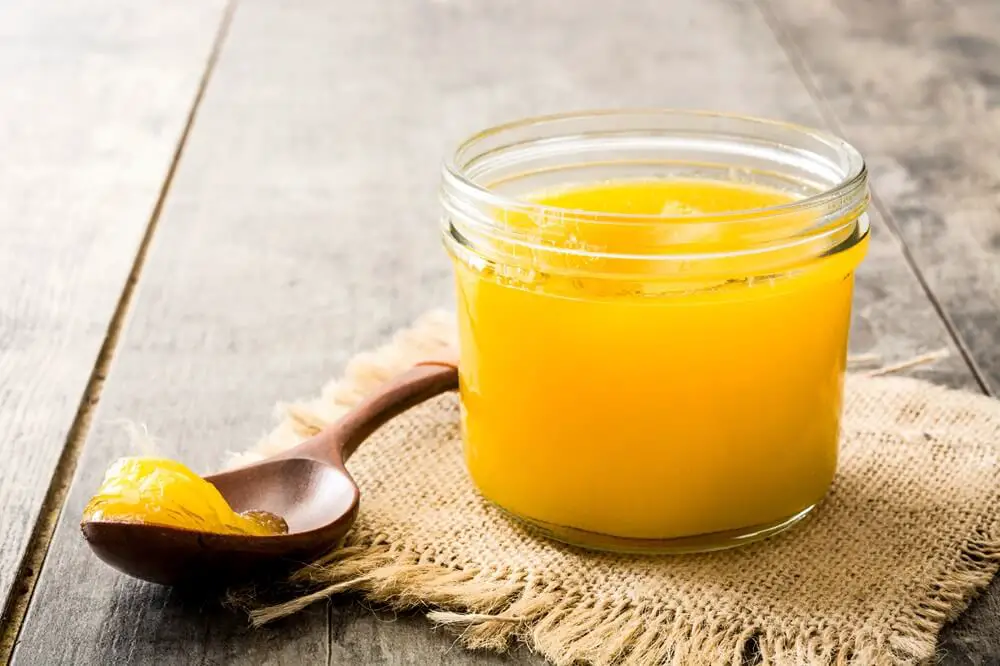
Ghee is an excellent survival food thanks to its long shelf. Ghee is clarified butter, which means it has had its milk solids removed. This means you can store it at room temperature for a surprising long time without it spoiling—up to a year or even longer if you make it at home.
Ghee is rich in vitamins A, E, and K, and it's also lactose-free, making it a great butter substitute for people with dairy sensitivities. You can use it in all sorts of cooking methods, from frying to baking. It adds a rich, nutty flavor to dishes. If you're interested, here's how to make ghee at home.
Granola
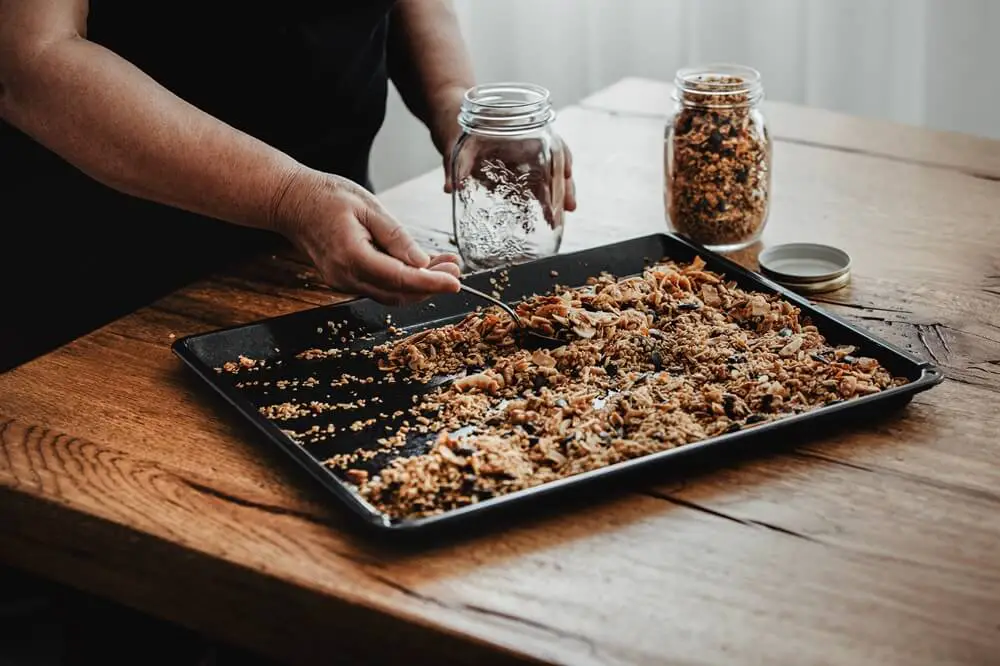
Granola is a mixture of oats, nuts, and sweeteners like honey or syrup. It's often combined with dried fruits. To make it, all you have to do is mix the ingredients together and bake until it's crispy. Here are more detailed instructions.
Granola is rich in fiber, protein, and healthy fats, making it a nutritious, energy-dense food, making it great for emergency scenarios. If you store it in an airtight container, it can last up to six months or longer.
Hardtack

Hardtack is a simple, sturdy type of biscuit made from flour, water, and salt. It originated as a long-lasting food staple for sailors and soldiers because it's extremely durable and lasts for several years—possibly even decades if stored in an airtight container.
While you can buy it online, it's much cheaper to make it yourself. All you have to do is mix the ingredients into a stiff dough, roll it flat, cut it into squares, and bake it until it's hard. Hardtack is very popular among preppers. If you'd like to make it, here are step by step instructions.
Honey
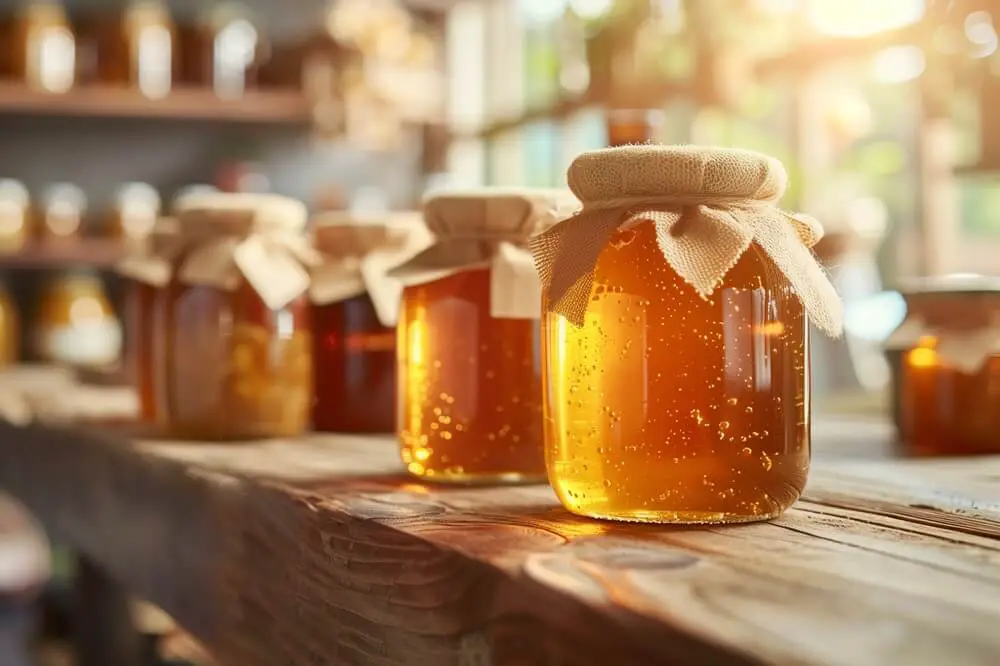
Honey is renowned for its indefinite shelf life due to its natural antibacterial properties and low moisture content. Over time it can crystalize, but all you have to do is warm it up a little to make it liquid again.
Nutritionally, honey offers antioxidants and trace amounts of vitamins and minerals. It's versatile in the kitchen, where you can use it in teas, marinades, and dressings. In many baking recipes, you can use it as a sugar substitute. Honey also has many other uses, making it very popular among survivalists.
Instant Coffee
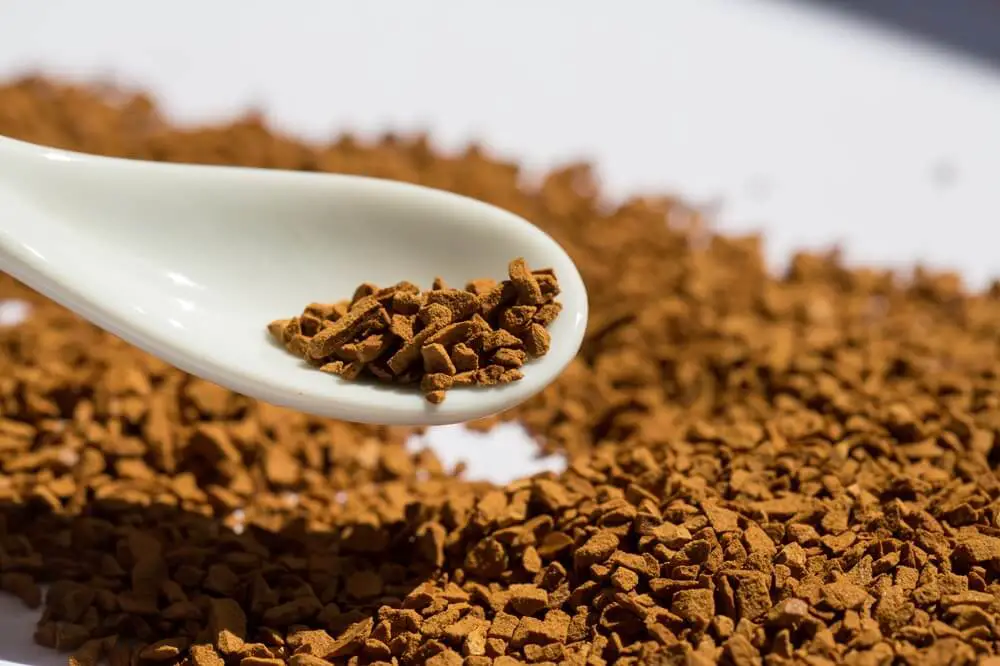
Instant coffee is great to have in survival situations thanks to its long shelf life. While regular ground coffee will only last 6 months or a year at best, instant coffee can last anywhere from 2 years to 20 years if stored in an airtight container.
Instant coffee is freeze-dried or spray-dried, which locks in the flavor and freshness for years. To prepare it, you just add hot water, which is great during power outages when a regular coffee pot won't work. If you have a coffee addiction like most people, don't forget to stockpile some instant coffee. You don't want to be dealing with headaches and fatigue during a disaster.
Lentils
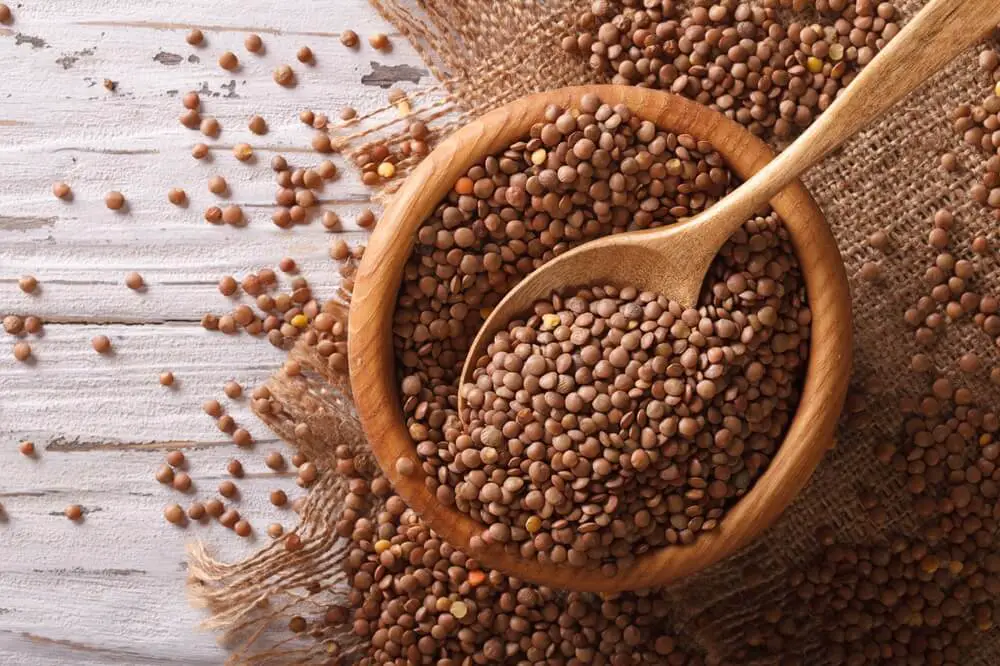
Lentils are highly nutritious, rich in protein, fiber, and essential nutrients like iron and folate, supporting overall health and energy levels. Plus, they have an impressive shelf life, lasting at least a year when stored in a cool, dry place.
In cooking, lentils are very versatile and can be used in a variety of dishes—from hearty soups and stews to salads and side dishes. They cook relatively quickly and unliked dried beans, they don't require soaking, which makes them a convenient and healthy ingredient for emergency meals.
Maple Syrup
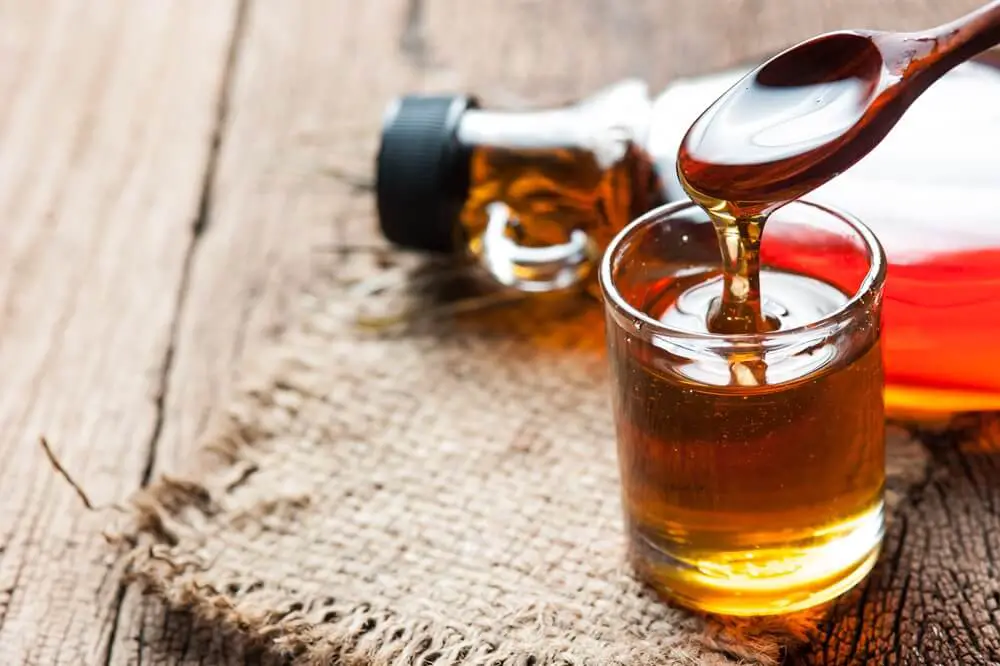
Maple syrup is a natural sweetener with an incredibly long shelf life. In fact, it can be stored indefinitely when unopened and if refrigerated after opening. It's an excellent sugar substitute in many recipes, and it's a must-have if you like pancakes.
It's also useful in baking, glazes, marinades, and homemade granola. For preppers, its high-energy content and ease of storage make it an ideal staple for long-term food storage.
Millet
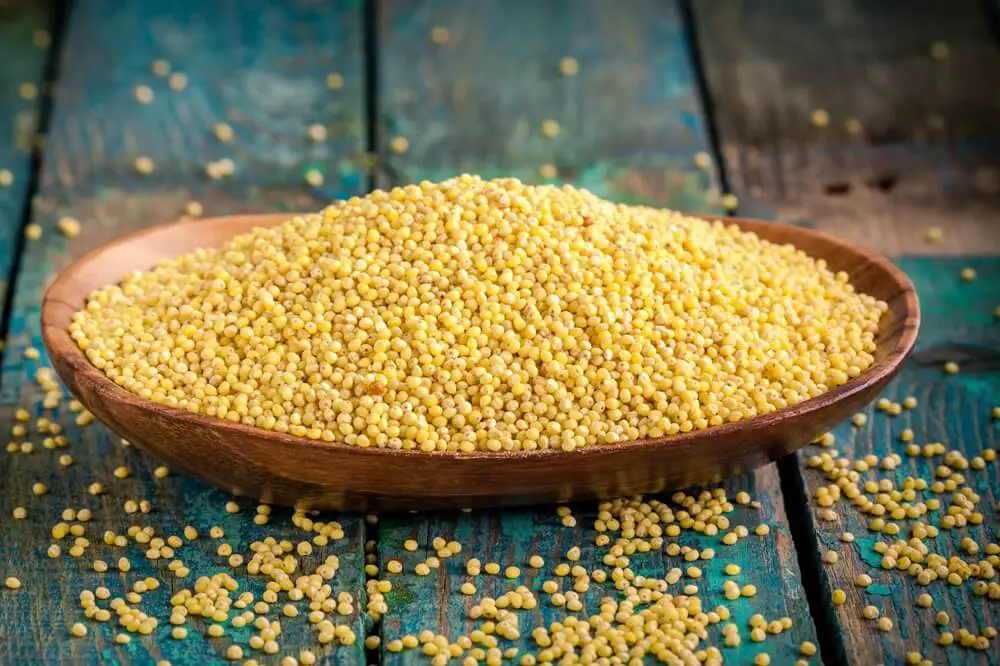
Millet is a highly nutritious grain, rich in iron, fiber, magnesium, and vitamin B, making it a great addition to any diet. It has a long shelf life, staying fresh for up to two years when stored properly.
You can use millet in all sorts of recipes such as porridge and salads. You can also use it as a rice substitute in pilafs and stir-fries. Its quick cooking time and nutritional benefits make it an excellent survival food.
Nutritional Yeast

Nutritional yeast is one of the most overlooked foods, but it's a fantastic supplement with a long shelf life of up to two years. It's rich in B vitamins, trace minerals, and protein, making it excellent for vegan and vegetarian diets.
It has a cheesy, nutty flavor, making it a popular seasoning for popcorn, pasta, salads, and baked potatoes. Nutritional yeast can also enhance the flavor of soups and stews, or it can be a cheesy topping in various dishes. Its health benefits and delicious flavor make it a valuable addition to any survival pantry.
Pemmican
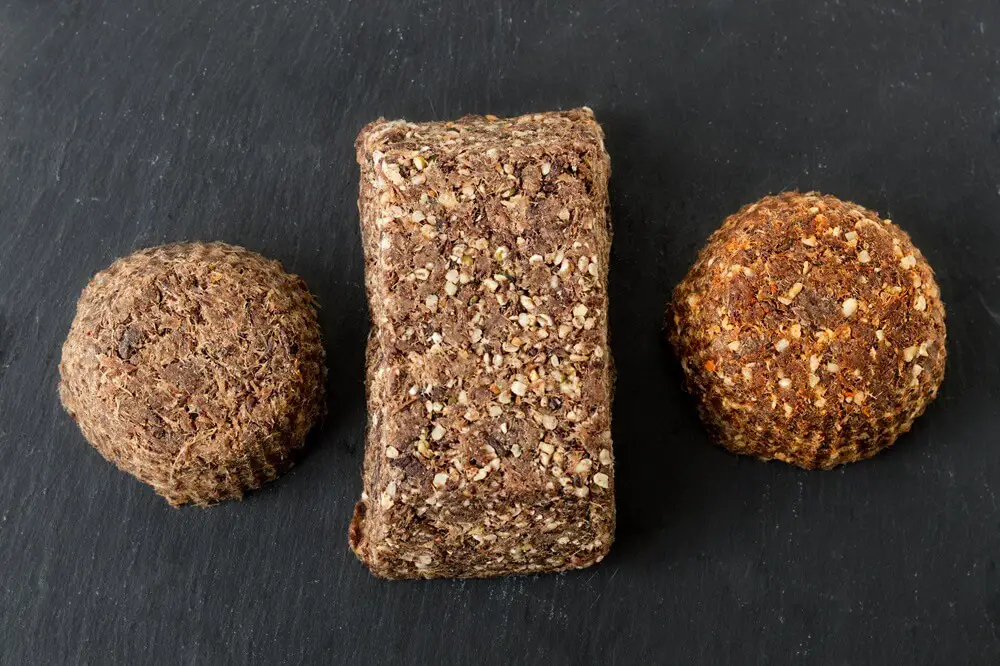
Pemmican is a traditional food with a long history, made for centuries by Native Americans. It's made from lean, dried meat that's ground into powder and mixed with melted fat—and sometimes berries and other ingredients. This combination makes pemmican high in protein and fat, and great for sustained energy.
Its compactness and long shelf life—lasting several years without refrigeration—make it a fantastic survival food, ideal for long journeys or emergency food storage. If you'd like to try making it yourself, here are step by step instructions.
Pickled Vegetables
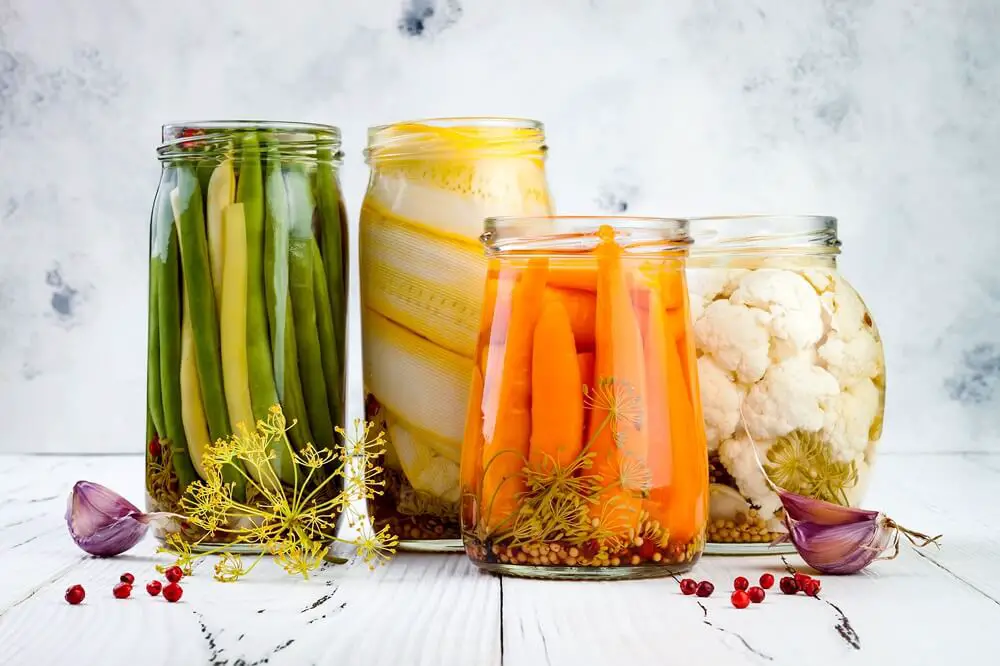
Pickled vegetables are an excellent survival food thanks to their long shelf life and nutritional benefits. The pickling process involves preserving vegetables in an acidic solution, typically vinegar, which inhibits the growth of bacteria, allowing them to last for months or even years. Here's some more information on pickling.
This method not only preserves the vegetables but also enhances their nutritional value with probiotics, which are important digestive health. That, combined with all the vitamins and minerals in vegetables, make pickled vegetables a great thing to have in a long-term survival scenario when fresh foods aren't available.
Powdered Eggs
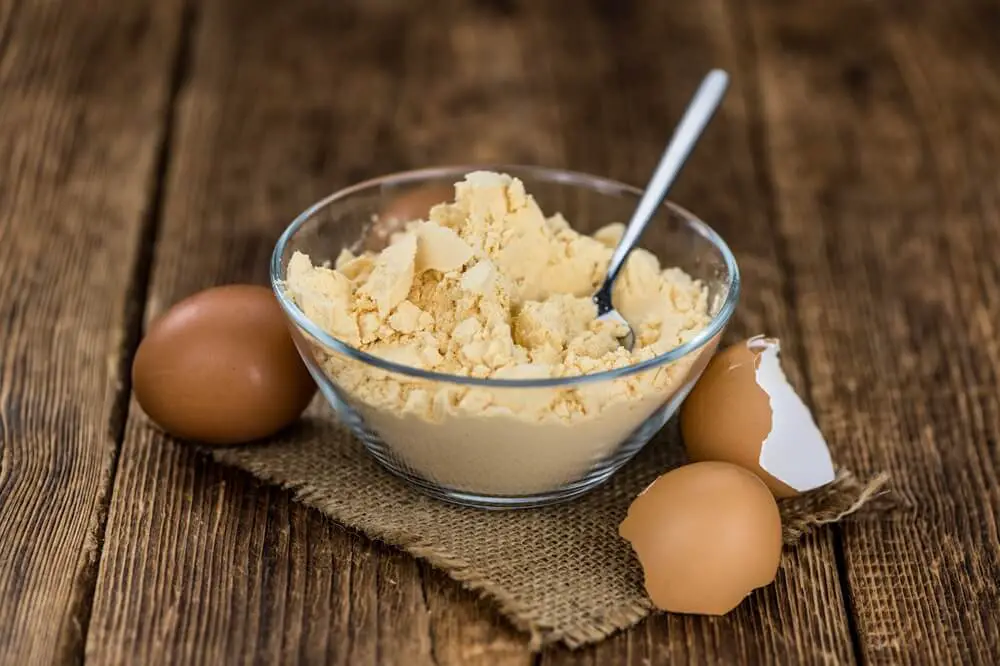
Powdered eggs are an essential survival food, especially useful when fresh eggs aren't available due to closed stores and power outages. They provide all the nutritional benefits of fresh eggs and can be stored for up 10 years.
Powdered eggs are great in cooking. They can be rehydrated to make dishes like scrambled eggs, used in baking, or added to recipes like pancakes and omelets. Their long shelf life and ease of use make them great for emergency preparedness.
Powdered Milk
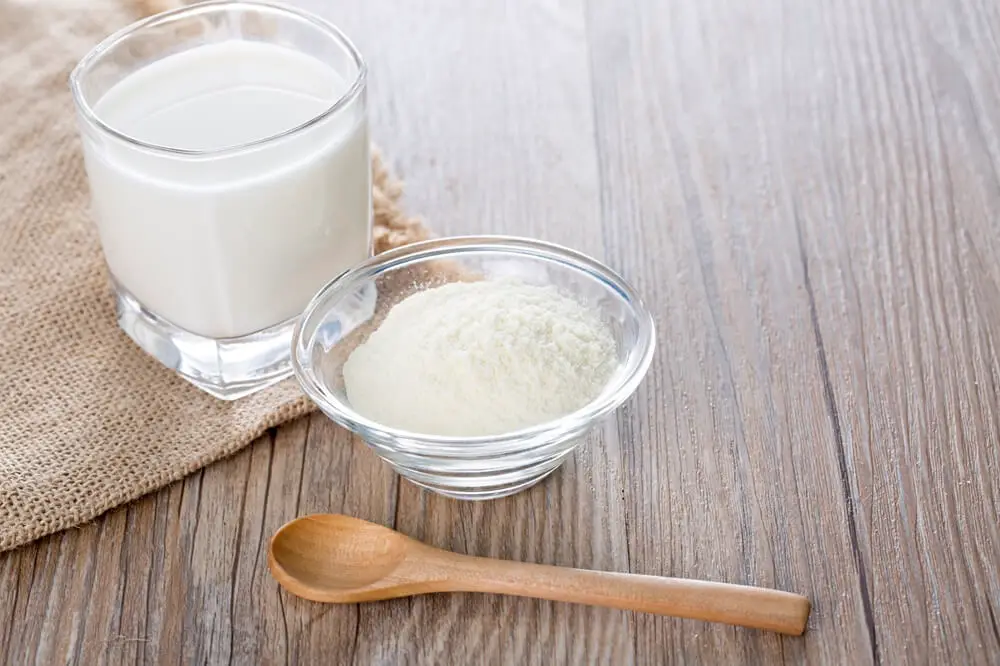
Powdered milk is a great survival food, especially when fresh milk is unavailable due to power outages or supply chain issues. It has a long shelf life, typically lasting years when stored properly, and can easily be reconstituted with water to replace fresh milk in most recipes. It can be used in everything from bread and pancakes to sauces and desserts, making it a staple in emergency food supplies.
Quinoa

Quinoa is a great survival food thanks to its health benefits, long shelf life, and versatility in cooking. It's rich in protein, containing all nine essential amino acids, and it's a great source of fiber and minerals like iron and magnesium.
Quinoa can last a good three years when stored in a cool, dry location. You can use it in soups, salads, pilafs, and even desserts, making it a great food to have in an emergency.
Sorghum

Many people have never even heard of sorghum, but it's commonly used in cereals, snack bars, baking mixes, and gluten-free beefs and flours. It's full of nutrients and high in protein, fiber, and antioxidants.
Sorghum can last several years if kept in an airtight container in a cool, dark location, making it great for long-term food storage. It's also a great substitute for other grains in cooking and baking recipes.
Soup Mix
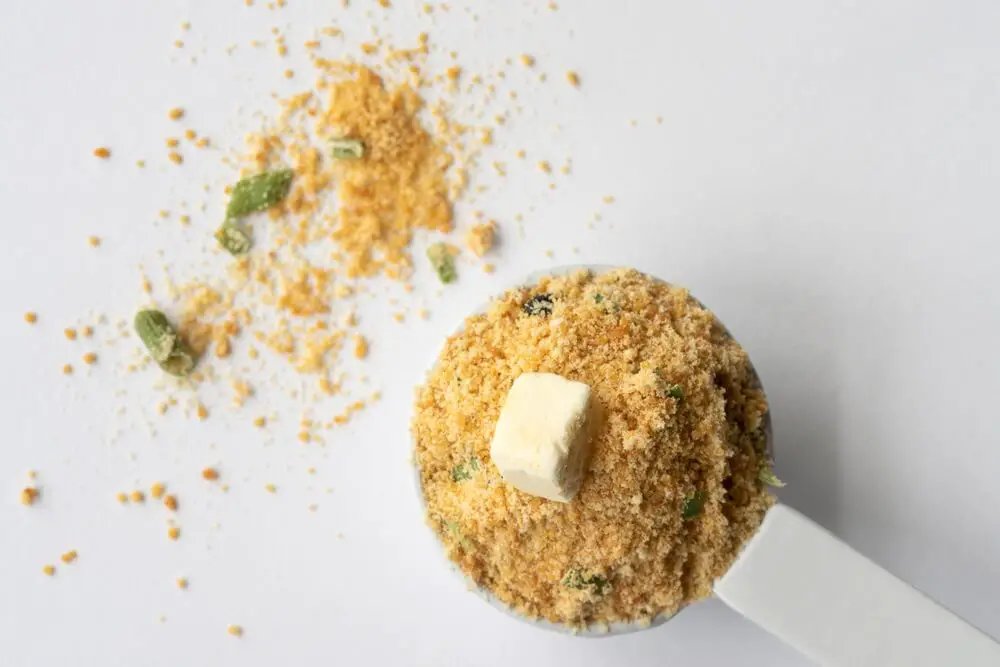
Soup mixes are often overlooked, but they're incredibly valuable as a survival food. They're very easy to prepare, which is a great thing in a survival scenario, and they usually have lots of vitamins and minerals, plus a very long shelf life—up to several years—if you store them properly.
Ready-to-use soup mixes can be quickly prepared in a Dutch oven or over a fire, providing a warm, nutritious meal with little effort. They come in various types, including vegetable, chicken noodle, and cream-based soups. Since they don't cost much, there's no reason not to store lots of them.
TVP (Textured Vegetable Protein)
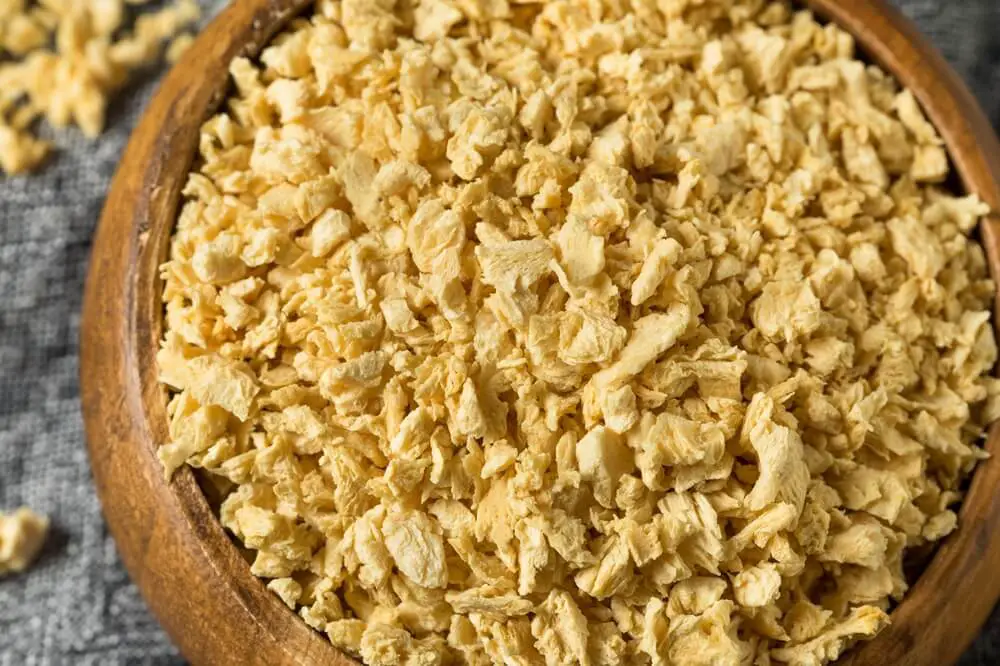
Textured Vegetable Protein (TVP) is a fantastic but often overlooked survival food, especially great for vegetarians seeking protein-rich alternatives to meat. TVP is made from soy flour and is packed with fiber and nutrients, yet low in fat.
TVP can last at least a year when stored properly, and it can easily be rehydrated with water. It's versatile, able to substitute for ground meat in almost any recipe, making it a practical choice for emergency food supplies.
Vanilla Extract
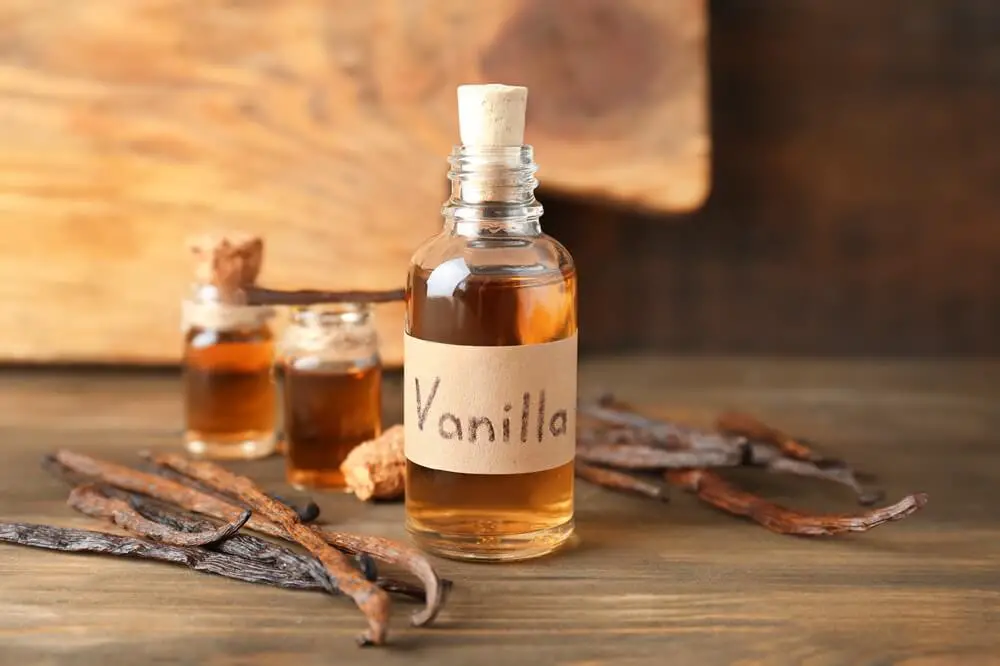
Vanilla extract is prized for its indefinite shelf life. Thanks to its alcohol content, it almost never goes bad. It's a great flavor enhancer that can be used in all sorts of recipes like cookies, cakes, custards, ice cream, and pancakes.
Vanilla extract adds a rich, comforting aroma and depth of flavor that can transform a boring dish into something delicious. Unfortunately, it's gotten very expensive in recent years, so you might want to get a good-sized bottle before the price goes higher. Or, you could learn to make it yourself.
Vegetable Soup Mix

Just like powdered soup mix, vegetable soup mix is great to have because it's easy to prepare and it's full of vitamins and minerals. It usually includes a variety of dehydrated vegetables that are easily rehydrated with water and turned into a delicious soup in only 10 or 15 minutes. With proper storage, vegetable soup mixes can easily last for years, making them a great option for your emergency food supplies.
Wheat Berries
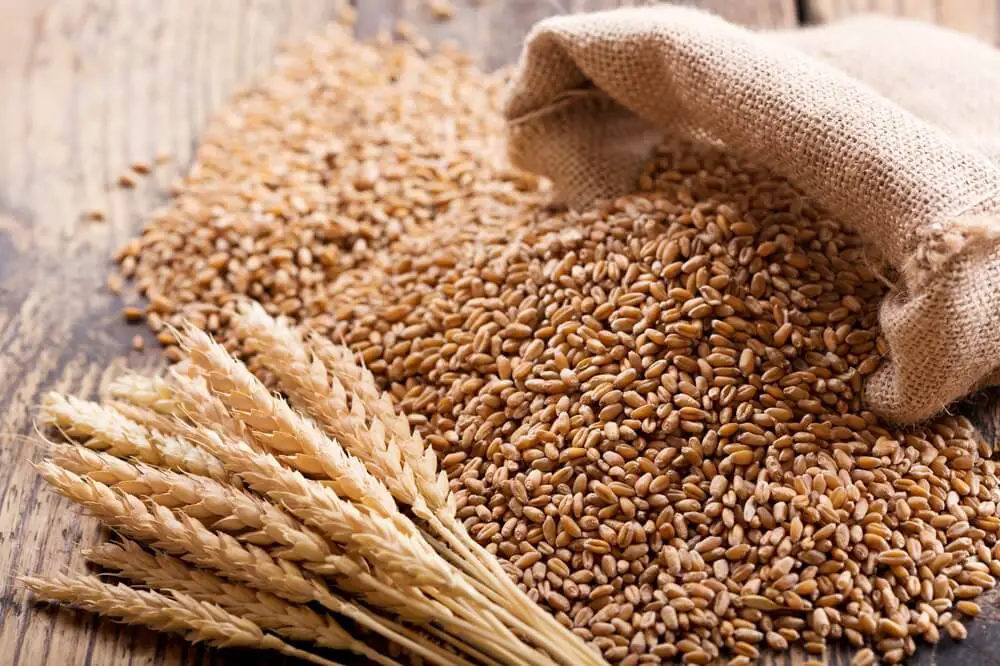
Last but not least… Wheat berries. It's incredible how often wheat berries are overlooked. Preppers stockpile tons of flour, not realizing that unlike flour, wheat berries can last for decades when stored properly. All you need is a good grain mill to grind them into fresh flour when you need it.
Unlike flour, wheat berries retain all their nutritional components including fiber, protein, and nutrients like magnesium and phosphorus. But you don't have to grind them if you don't want to. You can use them whole in cooking, such as in soups and salads, or you can have them for breakfast in meals like cracked wheat cereal. If you want to stockpile healthy food for the long-term, wheat berries are the perfect option.
Like this post? Don't Forget to Pin It On Pinterest!
You May Also Like:



